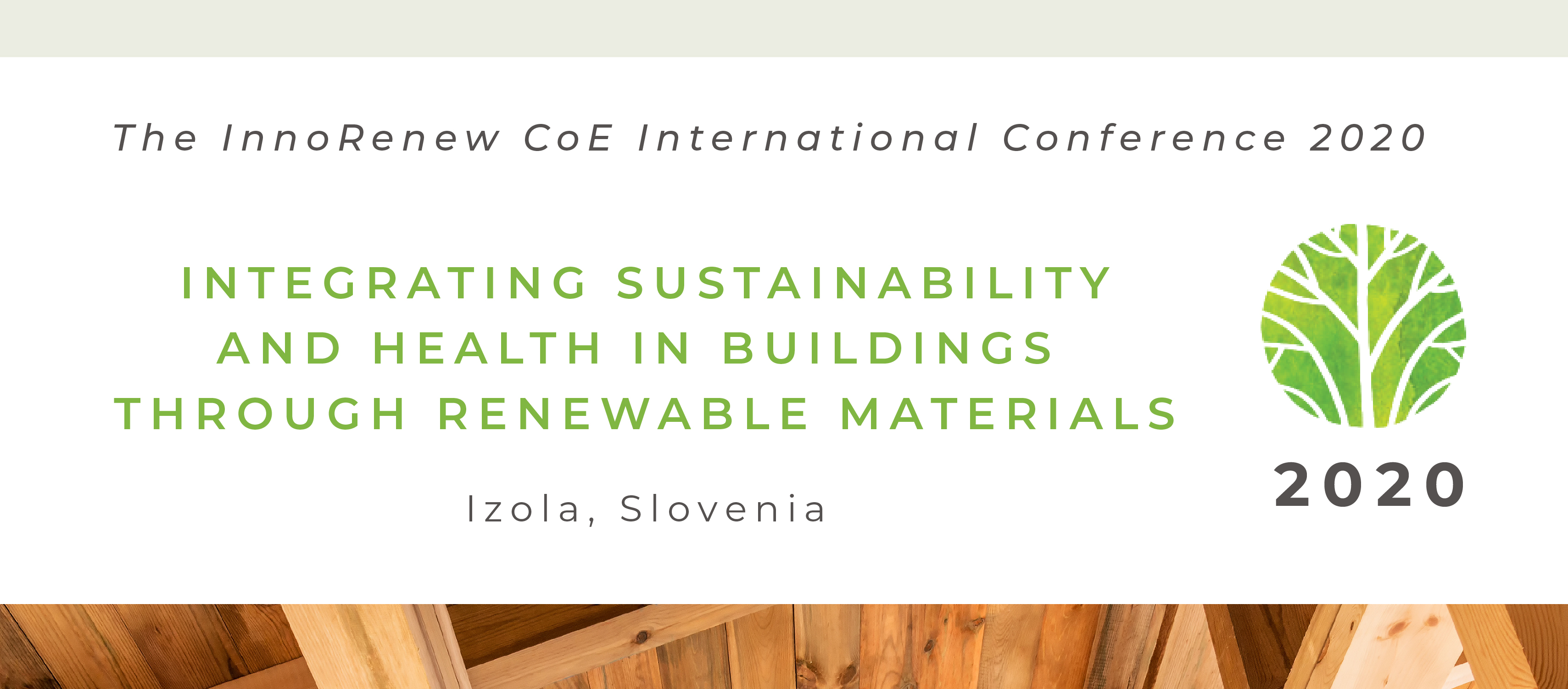Speaker
Description
Buildings account for 40% of total energy consumption in the European Union. The indica-tions are that this will increase, simply because of growth in the number of buildings over time. It is also important to have in account that bioclimatic design and building engineering physics issues, directly related to energy performance and to well-being of the occupants, should be properly considered. According to Directive 2010/31/EU/EPBD (recast), new build-ings or subjected to major renovation must meet the requirements of "near Zero Energy Build-ings" (nZEB) by mean of reducing the need for energy through implementation of energy ef-ficiency measures and by the offsetting of the remaining needs through the use of renewable energy systems, as addressed by Circular Economy`s model (Kephalopoulos et al., 2017). Several studies show that, in most cases, the savings occurred over a building lifespan exceed the energy involved in the production process for the current insulation products - accounting the embodied and operational energies - during the whole building life-cycle. However, should be pointed that most of these insulation materials and products are oil-based, thus as-sociated with a negative carbon footprint and with extreme environmental burdens. Built En-vironment has been pointed out as one of the most important factors that affect human health: in accordance with the principles of the Circular Economy, more sustainable and healthy alter-natives are found in different renewable materials characterized by low emissions, low embod-ied energy and out-waste design, as disclosed by LCA methodology (Crawford, 2011) for structural, insulation and coating materials. Bio-based materials and products such wood, bamboo, cork, straw or hemp, among others, contribute significantly to the carbon neutrality of buildings, gathering energy efficiency, healthy indoor air and thermal comfort during its life-cycle, fostering Circular Construction and the implementation of the Sustainable Devel-opment Goals (SDGs).
Keywords: Circular Construction, Circular Economy, Low-carbon Building, Bio-based Materials, Healthy Building
This work is financed by national funds by FCT - Foundation for Science and
Technology, under the Project UID/AUR/04026/2019
REFERENCES
Crawford, R., 2011. Life Cycle Assessment in the Built Environment. Spon Press, Oxon.
Kephalopoulos, S., Geiss, O., Barrero-Moreno, J., D’Agostino, D., Paci, D., 2017. Promot-ing healthy and energy efficient buildings in the European Union: national implementation of related requirements of the Energy Performance Buildings Directive (2010/31/EU). Luxemburg: Publication Office of the European Union. doi: 10.2760/73595.
| Consider my submission for a full-paper in the IPBE special edition for the conference? | Yes, please. |
|---|

